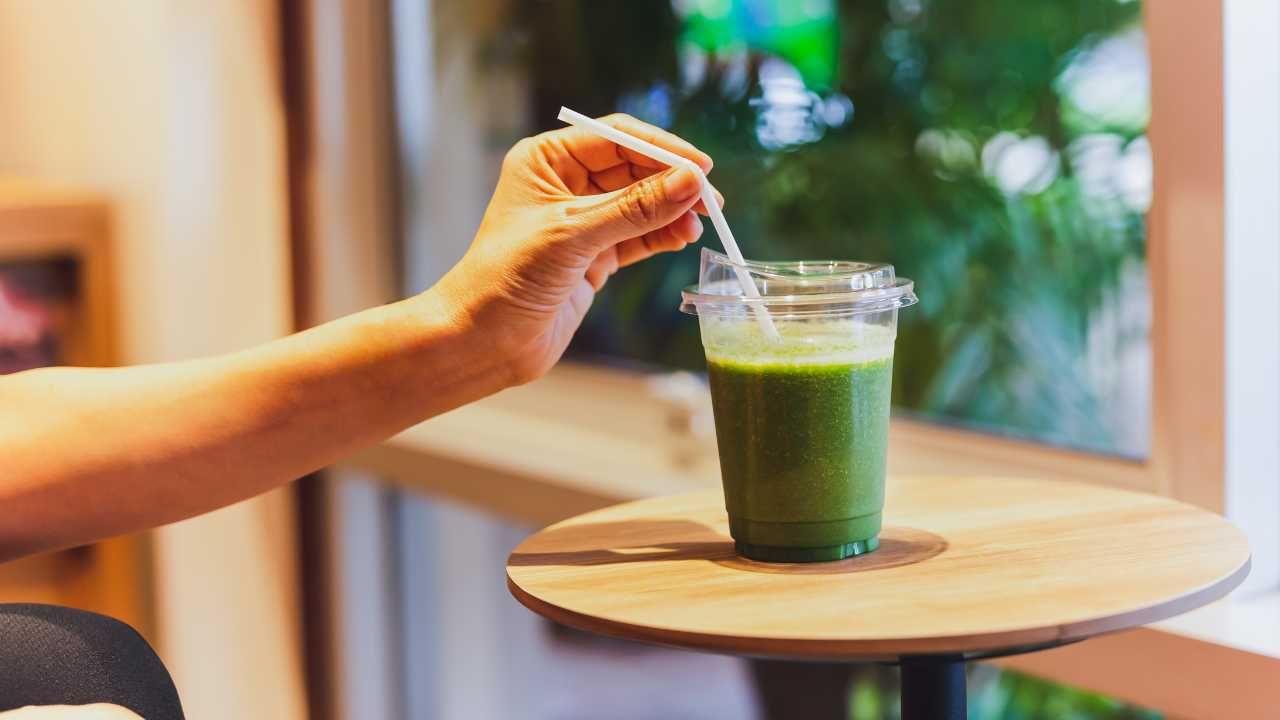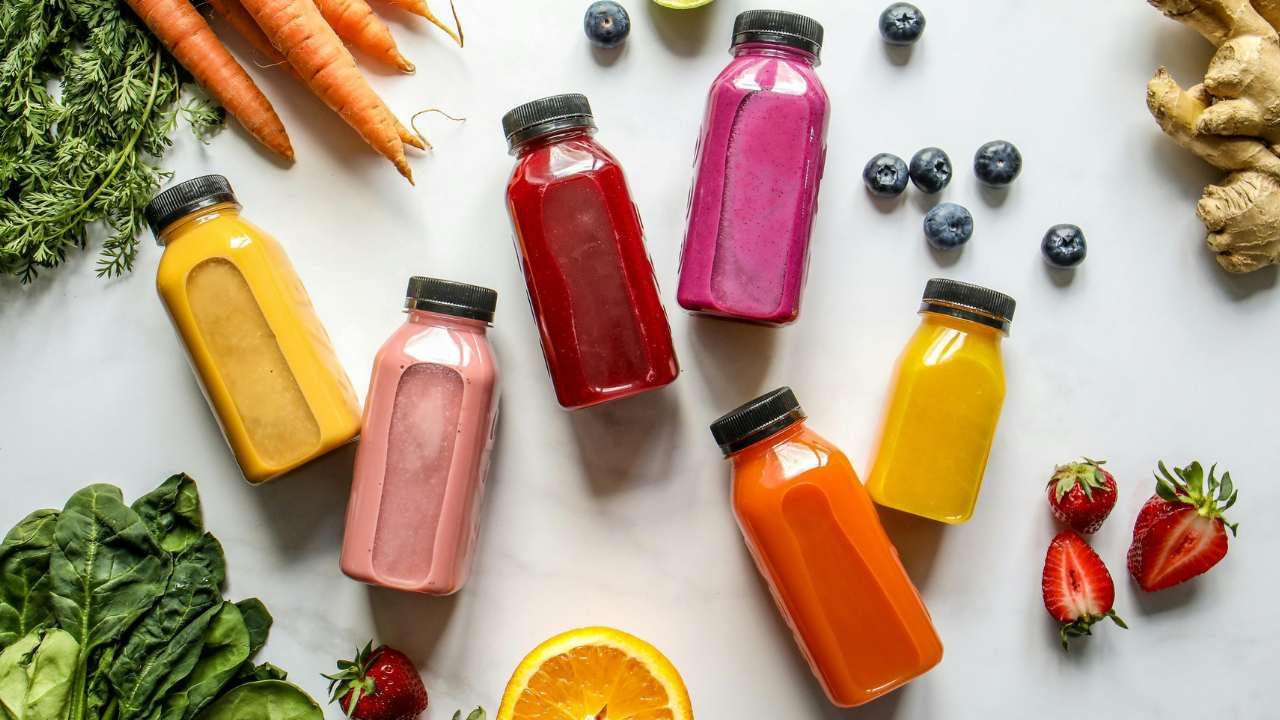Exploring the Rich Flavours in Chocolate Making Process & Common Unethical Practices
Aug 15, 2023
Introduction
Chocolate is a beloved treat that many people crave. However, not everyone is aware that its flavours are constantly changing throughout the production process.
It takes skill and knowledge to maintain the delicate flavours of chocolate. This transformation involves various stages, including roasting, adding ingredients, and conching.
In this blog, we will explore when and how the flavour develops and evolves in the chocolate, as well as the crucial role of chocolate makers in preserving the true flavour potential of cacao beans. We will also discuss unethical practices commonly seen among industrial chocolate makers, highlighting instances where this integrity is compromised.
Winnowing

The cacao beans undergo a cleaning and preheating process before they are winnowed.
The purpose of winnowing is to separate the shell or husk from the cacao beans, retaining only the nibs, which contain all the future flavours of the chocolate.
This process utilises airflow and gravity to effectively separate the two components of the beans.
Nib Roasting

Roasting cacao beans serves several important purposes in the process of making chocolate.
Bringing out the flavours
The most important goal of roasting cacao beans is to enhance the existing flavours. A skilled chocolate maker selects cacao beans with great flavour potential, which can be revealed through the roasting process.
The fresh beans have a vinegar smell, along with a strong sourness caused by the acids formed during fermentation.
During the roasting process, various chemical reactions occur, including the Maillard reactions, which creates the distinct flavours of chocolate that we are familiar with (roasted, chocolaty, nutty) and darkens their colour.
The chocolate maker will determine the time and temperature for roasting the beans, which depends on the machinery and cocoa variety.
A high roast reduces the fruitiness and acidity of the beans while enhancing their darker flavour notes such as coffee, caramel, and molasses. Over-roasting introduces unpleasant flavours like carbon, burn, or ashy and adds bitterness to the chocolate. These flavour notes are considered defects by the IICCT.
Unfortunately, it is a common unethical practice among chocolate makers (even the ones you currently buy!) to mask certain off-notes caused by contamination or poor cacao production processes, such as over or under fermentation, roadside drying, smoked drying, or mould.
You can discover how each step of the cacao process, from harvesting to fermentation and drying, is essential to produce the highest quality cacao beans to make the best chocolate.
On the other hand, under-roasting may not develop enough flavours in the chocolate and maintains a high level of tannins and acidity.
Some chocolate makers, particularly those who specialise in bean-to-bar and craft chocolates, intentionally under-roast certain cacao beans. However, they possess extensive knowledge about each cacao variety and terroir they use to be able to fully develop their flavour potential.
Sterilising
During the cacao process, the beans can be exposed to a wide range of moulds, fungi, and bacteria due to the hot and humid conditions of fermentation or contamination from insects and animals such as rodents or poultry.
However, the high temperatures of roasting effectively eliminate these pathogens and sterilise the beans.
Reducing moisture
At that stage, cacao beans still retain some moisture. This water needs to be extracted in order for the chocolate to achieve the desired consistency during the refining and conching stages.
Once the cacao beans have been roasted, it is imperative to rapidly cool them down to room temperature in order to halt any further reactions and prevent them from being over-roasted.
Industrial chocolate making facilities are equipped with technologies for nib roasting. On the other hand, smaller bean-to-bar and craft chocolate producers tend to roast the whole beans and then remove their shells through the process of winnowing.
Grinding

The cocoa beans are ground to combine the cocoa butter and cocoa solids naturally present, but usually segmented in the cacao beans. This mixture is known as cocoa mass or cocoa liquor. It is a coarse and unsweetened form of chocolate at this stage.
Adding ingredients
Before the final stages of the chocolate process, additional ingredients may be added to the cocoa mass. The quantity and type of each ingredient used can significantly impact the flavour of the chocolate.
The main rule for adding ingredients to the cocoa mass is that they must be in powdered form. Liquid ingredients will cause the chocolate to seize due to the moisture they contain.
Consider now the claims made by certain well-known brands that they incorporate "fresh liquid milk" into their chocolate...
The main ingredients added to cocoa mass to create chocolate are:
Cocoa butter
Cocoa butter is usually chemically deodorised to remove any flavours. Natural cocoa butter is often preferred by bean-to-bar and craft chocolate makers, but it will contribute its own flavours to the chocolate.
Traditional recipes include additional cocoa butter to enhance chocolate fluidity and smoothness. However, excessive cocoa butter can result in a fatty or waxy mouthfeel with a cooling effect in the chocolate.
Additionally, if the cocoa butter is of poor quality, oxidised, or derived from over-roasted beans, it will negatively impact the flavour of the chocolate.
Soy lecithin
Soy lecithin is the most commonly used emulsifier in chocolate production. However, some producers have switched to sunflower lecithin or rapeseed lecithin as alternatives to soy.
Lecithin helps improve the fluidity of chocolate, much like cocoa butter does. The main difference between cocoa butter and lecithin lies in the mouthfeel and flavour delivery of the chocolate.
Lecithin makes the chocolate melt faster, enhancing the release of flavours but resulting in a shorter finish. On the other hand, using cocoa butter will have the opposite effect: slower melt, slower release of flavours but long lasting finish.
Sugar
The balance of sugar and cacao is crucial in chocolate making. Sugar is primarily used to counterbalance the bitterness and acidity coming from the cacao. These qualities are influenced by factors such as cacao variety, terroir, as well as the harvesting, fermentation, drying, and roasting processes.
When the cacao is bitter, acidic, astringent, or defective, a higher proportion of sugar (resulting in lower cacao percentage) is preferred. This is why chocolate bars originating from Madagascar or Peru often have a cacao percentage around 63% to 65%.
On the other hand, milder, less acidic, astringent, and bitter cacao varieties like Venezuelan criollos are better suited for higher percentages in the range of 70% to 80% cacao.
White cane sugar is the most commonly used option for its pure sweetness without contributing any additional flavours. Bean-to-bar and craft chocolate makers often use natural or organic sugar alternatives such as cane sugar or coconut blossom sugar which may change the taste and texture of the final chocolate.
Vanilla
Vanilla flavouring or vanilla extract can be overpowering if not used carefully. In chocolate, vanilla is added to enhance flavours, sweetness, and creaminess, thus altering the overall flavour profile of the chocolate.
Similar to over-roasting, adding excessive amounts of vanilla is a common unethical practice to mask certain off-notes that may result from contamination or poor cacao production.
However, bean-to-bar and craft chocolate makers tend to avoid using vanilla, as they strive to preserve the true flavours of the cacao beans.
Refining

The purpose of refining is to break down particles to get smaller particle sizes, below 20 microns, to create a smooth chocolate. This is important because our tongue becomes less capable of detecting texture and grittiness below 30 microns.
Conching
The chocolate is heated and stirred to evaporate unpleasant aroma compounds (such as acids), develop additional flavours (nutty, biscuity, milky, caramelic) through Maillard reactions, and create a well-rounded flavour profile.
During the conching process, a significant reaction occurs known as wetting. Prior to conching, the cocoa mass consists mainly of cocoa solids particles coated with cocoa butter, along with sugar molecules.
As conching takes place, the cocoa butter starts to move and cover the sugar particles, resulting in flavour migration from the cocoa particles to the cocoa butter and finally to the sugar. This process, known as aromatisation of sugar, leads to the creation of an evenly distributed flavours in the chocolate.
Tempering
The Cocoa butter contained in the chocolate is polymorphic and can exist in 6 different crystal forms. However, only one crystal form gives the desired chocolate attributes:
🔸Appearance: Shiny
🔸Mouthfeel: Smooth
🔸Texture: good snap and melts in warmer temperatures (e.g. not between your fingers)
This crystal is the beta crystal, or fifth state (also called Type V).
Tempering chocolate is therefore the process of raising and lowering the chocolate temperature to remove the unwanted crystals and select only the Type V crystals. Few weeks after tempering a chocolate, the Type V crystals evolve into Type VI crystals which are the hardest and most stable crystals.
Conclusion
By carefully controlling each step of the process, chocolate makers can create unique and delicious flavours, such as choice of ingredients and production techniques. These decisions may be driven by a combination of technical considerations and practical factors such as convenience and cost - particularly in larger-scale industrial production.
While mass market chocolate makers often alter or mask the flavours of chocolate by adding additional ingredients or manipulating the processing, artisan, craft, or beans-to-bar chocolate makers opt to showcase the natural flavours of the cacao bean. They stay true to the bean by using minimal ingredients and relying on the process itself to highlight the authentic cacao flavours.
This is our responsibility as consumers, product developers, and R&D consultants to make informed choices when it comes to the chocolate we purchase.
The next time you taste industrial chocolate, try to identify excessive amounts of sugar, high vanilla content, or other flavour defects such as biscuity, nut shell, coconut, and burnt notes.
These characteristics indicate a poor quality chocolate that suffers from issues ranging from poor cacao variety selection to flawed chocolate processing techniques.
Link to related blogs you may enjoy
🔶 Beyond the Bar: 5 Eye-Opening Facts About Cacao and Chocolate flavours
🔶Uncovering The Flavours Of Chocolate Series | The Impact Of Cacao Variety & Genetic
🔶Uncovering The Flavours Of Chocolate Series | The Impact Of Cacao Origin & Terroir
🔶Uncovering The Flavours Of Chocolate Series | The Impact Of Cacao Process
References
Level 2 Certificate in Chocolate tasting https://www.chocolatetastinginstitute.org/
Stephen T Beckett, The Science of Chocolate, 3rd Edition, 2018
Alistair Paterson, Mark Fowler, Angela Ryan , Flavor Formation and Character in Cocoa and Chocolate: A Critical Review, 2008 Critical Reviews In Food Science and Nutrition
Ana Clara Aprotosoaie, Simon Vlad Luca, and Anca Miron, Flavor Chemistry of Cocoa and Cocoa
Products—An Overview, Comprehensive Reviews in Food Science and Food Safety Vol. 15, 2016
Lídia J R Lima, M Helena Almeida, M.J. Robert Nout, Marcel Zwietering, Theobroma cacao L., "The Food of the Gods": Quality Determinants of Commercial Cocoa Beans, with Particular Reference to the Impact of Fermentation, 2011, Critical Reviews In Food Science and Nutrition
Additional resources to go further
Bob Holmes, Flavour: The science of our most neglected sense
Harold McGee, Nose Dive
Maricel E. Presilla, The New Taste of Chocolate
Bee Wilson, First bite - how we learn to eat
Sophie D Coe & Michael D Coe, The True History of Chocolate











